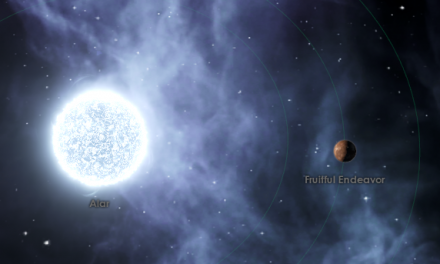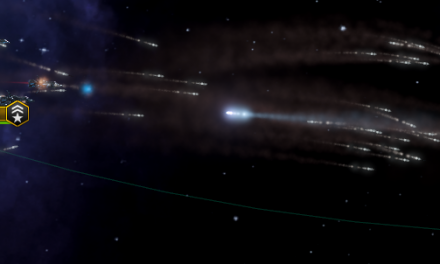With the dangers of space exploration hitting all too close to home, the council decided to invest in the study of robotics, workers able to survive in otherwise inhospitable atmospheres. Common wisdom showed that this would free citizens from manual labor, improving the pool from which our science and military corps could pull. Conversations about eventual sentience were quieted as science fiction.
Researchers studying ruins in the Ereness system discovered artifacts from an ancient alien civilization called the “Yuht,” whose members were large arthropod analogues. Adults could reach nearly one hundred meters in length and it was rare to find more than two or three upon the same large starship. Knowledge of the stars was proving far more interesting than even our greatest minds had hoped, with new discoveries and objects of interest found at every turn. Our surveying teams began to spread outward from our local stars and reach into unknown territories far from home.
Leaders began to ask the question about habitation and off-world colonies. Several viable candidates, such as Dithaphoru II and Hizzel III, were discussed, but the recent losses of so many fine space-farers gave everyone in Alar government pause. Scientists and military officers signed up for the risks and rewards of space – would it be ethical to put an average citizen through that same experience? Some argued that we should improve our navy and its ability to protect offworld colonies before we dare advance onto new worlds, a sentiment which was soundly applauded.
As outposts and other facilities were built, the space over which the Lavis Union could claim dominion grew, including new systems previously unknown to us. Ever wary for the rebels who had made trouble in previous years, our brave scientists continued their search for new technologies, new materials with which to build our future.
Captain Stalk of Burgundy discovered a subsurface ocean teeming with life on Evarym IXa, the first of such organisms ever discovered. Long-held as a likely candidate to find life, many scientists celebrated this new find, and many local campus holidays were founded, ever remembering the fateful day in 2207-09 when the discovery was announced.














